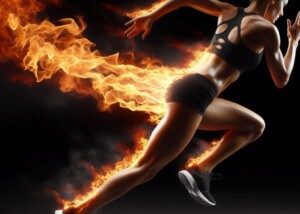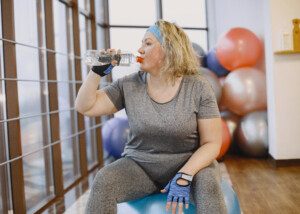
Overweight, even very fat, people CAN lose a LOT of weight once they start doing specific exercises at the gym that will melt off pounds.
There is nothing complicated about these routines.
You only must be willing to commit yourself and get used to sweat and being out of breath – for some exercises, but not all.
Overweight trainees can work out as hard as thinner individuals.
The only difference is that for some exercises, the overweight trainee can’t do as quickly, as fast, or for as long.
But as far as effort, people seeking a lot of weight loss are actually on an even playing field as are slimmer folks.
So if you’re struggling to lose a lot of weight and very upset because you can’t maintain 6 mph on a treadmill, you can still burn significant calories (and thus lose weight) walking on the treadmill as fast as you can, with a little incline.
The mistake many overweight people make is when they use a treadmill, they hold on.

Shutterstock/ gpointstudio
NO! This is wrong for many reasons, including it stunts calorie-burn (the computer calorie readout is not accurate).
And holding on at an incline cancels out the incline. If you feel a need to hold on, you’re going TOO FAST.
An overweight trainee can apply high intensity interval training to their cardio sessions.
HIIT, which is so very effective for losing weight, can be used also with a stationary bike and elliptical machine. You do not need to run or be skinny in order to make HIIT burn fat.
Strength Training: Secret to Big Weight Loss
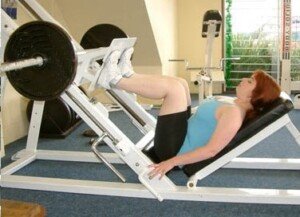
George Stepanek, CreativeCommons
No matter how many days you spend at the gym, most of your routines should involve strength training.
Now, lifting weights will do more to fire up metabolism and trigger losing weight than will aerobics, even though HIIT cardio is always a superb supplement to a weight loss program.
Cardio and strength training days should be separate from each other. As a personal trainer, I’ve also noticed that one of the biggest barriers to weight loss is that many women believe that lifting barbells or pushing at machines will make them bigger.
Lifting weights does NOT build fat.
It builds lean muscle — increases muscle mass. But because more muscle mass means more body fat will get eaten up by new muscle to sustain the new muscle, the ultimate result is fat loss and—yes, a shrinking body.
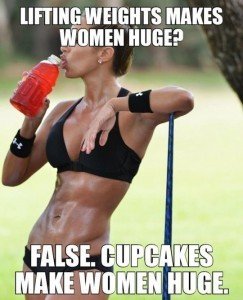
So what were once “very thick” legs of yours can now become leaner and shapelier.
What were once sagging and blubbery upper arms of yours can now become shapely and toned.
And pudgy forearms will finally have some definition. And that big belly will shrink.
However, you really must apply the proper approach: The amount of resistance in your exercises must be sufficient enough to greatly fatigue the working muscles within 8-12 repetitions for most exercises.
It’s okay for the weight to be light enough to allow 15 reps, but if you can do more than 15 reps, the weight is too light and you’ll plateau very quickly.
People wanting to lose large amounts of weight should concentrate hard on lower body training with the barbell squat, the deadlift and the leg press.
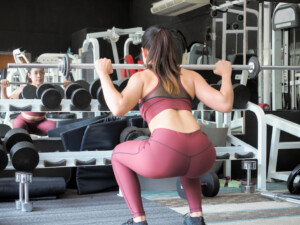
Shutterstock/sarocha wangdee
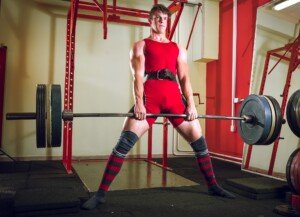
Shutterstock/Ajan Alen
Upper body training should focus on your back, chest and shoulders. The deadlift movement covers the back as well.
Naturally large muscles (legs, back and chest) burn way more calories than do small muscles like the biceps and abdominals.
You need only spend just 10 minutes PER WEEK on ab exercises.
These small muscles don’t burn nearly as many calories as the body’s larger muscles.
 Lorra Garrick is a former personal trainer certified through the American Council on Exercise. At Bally Total Fitness she trained women and men of all ages for fat loss, muscle building, fitness and improved health.
Lorra Garrick is a former personal trainer certified through the American Council on Exercise. At Bally Total Fitness she trained women and men of all ages for fat loss, muscle building, fitness and improved health.
.


